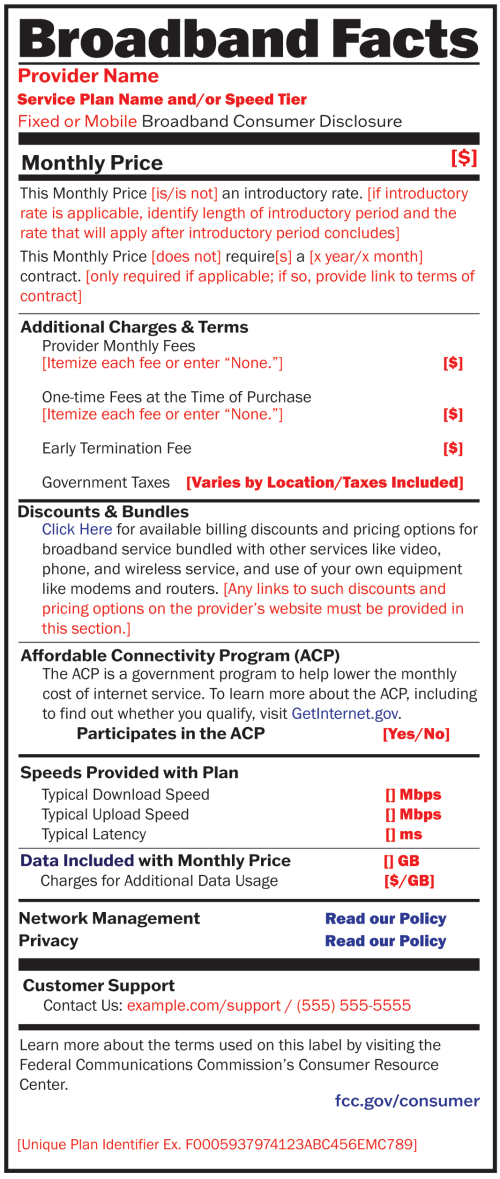For the last year, Coverage Critic has been chaotic. Google traffic used to account for 95% of my visitors. Today, Google traffic is down 95% from its peak. Initially, I used the drop in traffic as an excuse to put my head down and build out my coverage map. It’s now better than ever.
However, as months dragged on without a recovery in traffic, my motivation waned. Part of me believes Coverage Critic was collateral damage in Google’s recent updates. Whenever Google tries to reduce the exposure it gives low-quality sites, the algorithms unavoidably penalize some good websites. At the same time, I wonder if I’m full of shit. Maybe Coverage Critic is exactly the type of website Google meant to hit. I can’t deny I’ve bent to the incentives of search engines. I’ve written plenty of content that placed appealing algorithms ahead of more worthy considerations.
When I started Coverage Critic, I wanted to build something that called out the lousy business practices that made the telecom industry hostile to consumers. As Coverage Critic grew in traffic, I drifted from what I set out to build. Today, I’m renewing my commitment to the goal I started with. I’ll also be making a strategic shift.
The Path Forward
Later this summer, I’ll be splitting my business across two websites. A new website will offer great mapping tools to help consumers find internet providers and cell phone plans. It will be useful but boringly professional. I think Google and the big telecom companies will love it.
Coverage Critic will have a less professional vibe. When merited, I’ll share biting criticism of telecom companies. I’ll put more time into my new series, Frontiers (it’s had an awfully slow start so far).
Beyond Recommendations & Reviews
On both Coverage Critic and the new website, I’ll spend much less time on certain types of content:1
- Product reviews
- Industry news that’s been covered elsewhere
- Articles about promotions, product offerings, or prices
I don’t bring much unique perspective to these topics. I don’t enjoy writing these types of content.
I hope to use some of the freed-up time to do deep dives on topics where I can make a more meaningful contribution. I believe my work making sense of prioritization policies on LTE networks shifted consumer understanding in the market broadly. I want to do more stuff like that.
Aspirationally, I’d like my mapping tools and data sets to be so good that there’s no need for my editorial contributions recommending specific products and services. Realistically, I won’t quite get there, but it’ll give me a direction to aim for.



